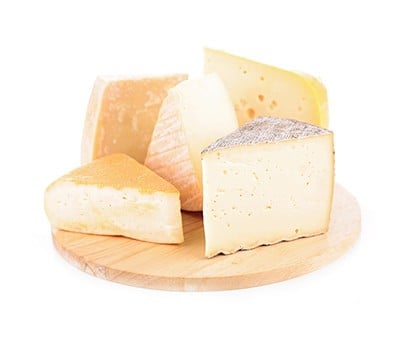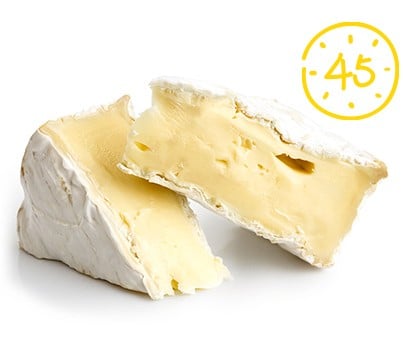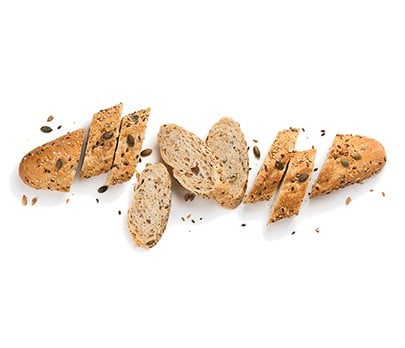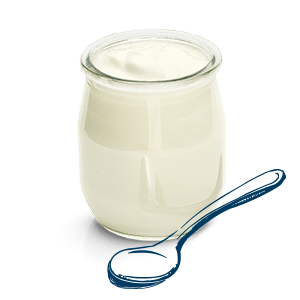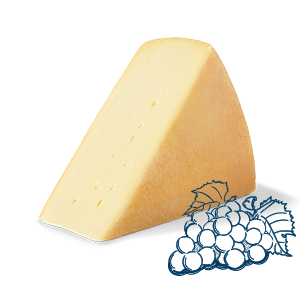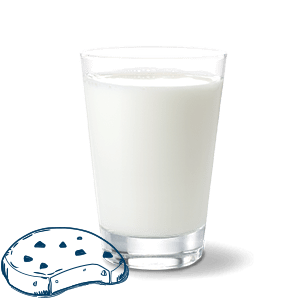
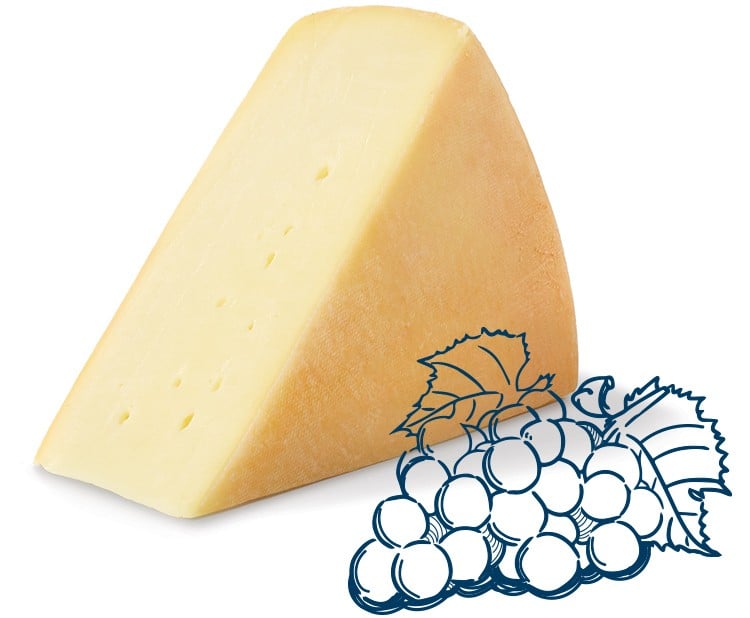
All about Cheese
Making tasty meals is easy when they’re cheesy. See how Canadian cheese brings all kinds of recipes to life.
From pizza to pasta to poutine, cheese is everywhere, and the world can’t get enough of it. Canadian milk makes for delicious local cheeses from coast to coast.
Whether you’re cooking with it, baking with it, melting it, slicing it, arranging it on a charcuterie board, or pairing it with wine, Canadian cheese goes with anything, and makes every meal better. After all, there’s a reason we say, “cheese” when we want to smile.
All kinds of Cheese
-
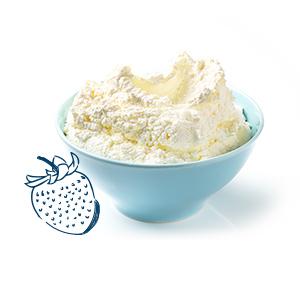
Fresh cheese
Whether you’re referring to its fresh flavour or the way it’s made, this light-tasting and delicate variety that includes the likes of Ricotta and Mascarpone is a total palate-pleaser.
-

Soft cheese
With either an edible bloomy rind (think Canadian Brie) or a washed rind, a slice of soft cheese is perfect as is, on crackers or bread. These cheeses taste as luscious and creamy as they look.
-
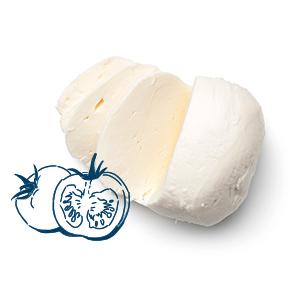
Semi-soft cheese
For both beginner and experienced cheese lovers alike, semi-soft cheeses like Mozzarella and Havarti offer a wide variety of flavours and textures that are easy to love and fun to discover.
-

Firm cheese
Both supple and elastic in texture, firm cheeses like Gouda and Cheddar are extremely versatile in the kitchen. Often rindless, these cheeses can vary from mild to sharp in taste.
-
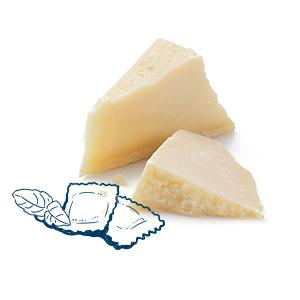
Hard cheese
Hard cheeses like Parmesan and Aged Gouda have more sharp, complex flavours and a hard, dry texture developed through an ageing process that can take many months and even years.
-

Lots more
From farmhouse to organic and flavoured to smoked varieties, there’s a Canadian cheese for every taste and fancy!
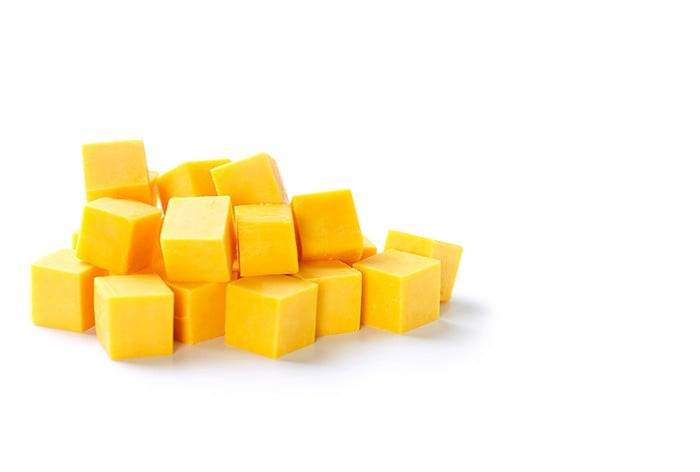
It starts with Canadian milk
To make mouth-watering Canadian cheese – any of the several hundreds of varieties available – cow's milk must first be curdled. Either a fermenting agent or an enzyme can provoke this reaction.
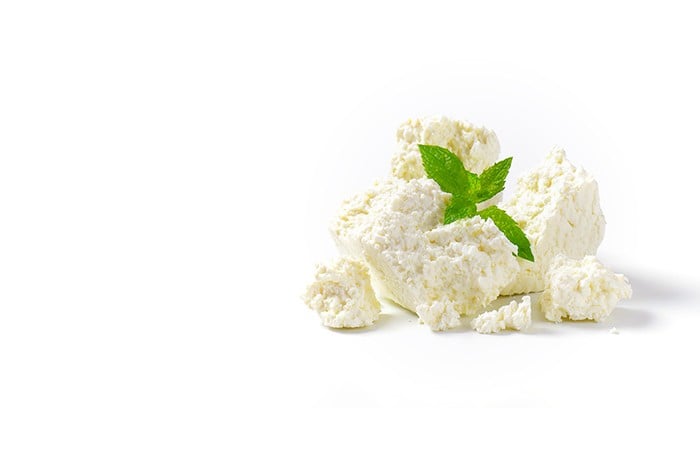
Draining the whey
Using a variety of methods like kneading and stirring, the whey (liquid) is drained from the curds (solids) to achieve optimal moisture content in the cheese.

Bring on the pressure
Pressure is applied to the cheese curds to remove even more whey and achieve the desired texture. Harder cheeses generally undergo more pressing to remove more moisture.
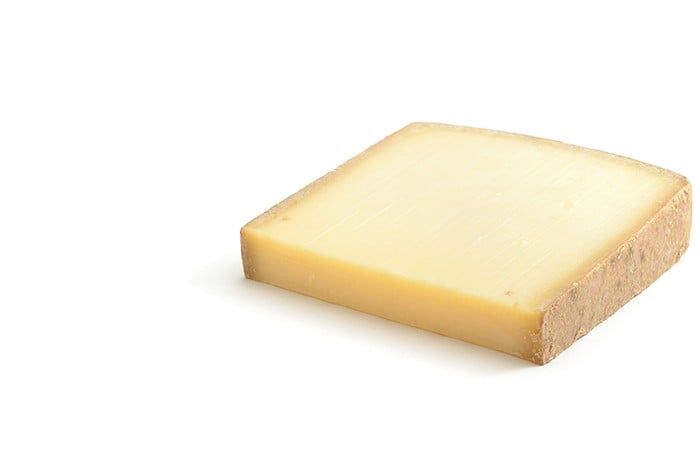
Ready and ripe
Ripening techniques involving humidity, moisture, and oxygen control, help each cheese mature into its own unique texture and flavour profile. Some cheeses, like unripened or fresh, don’t require any ripening process.

For Canadian goodness,
look for the logo
You might also like


